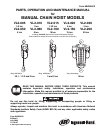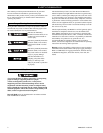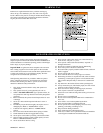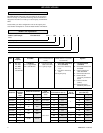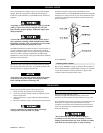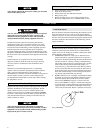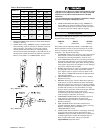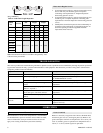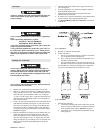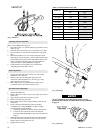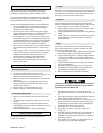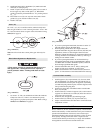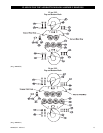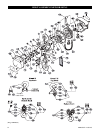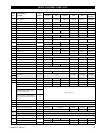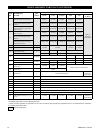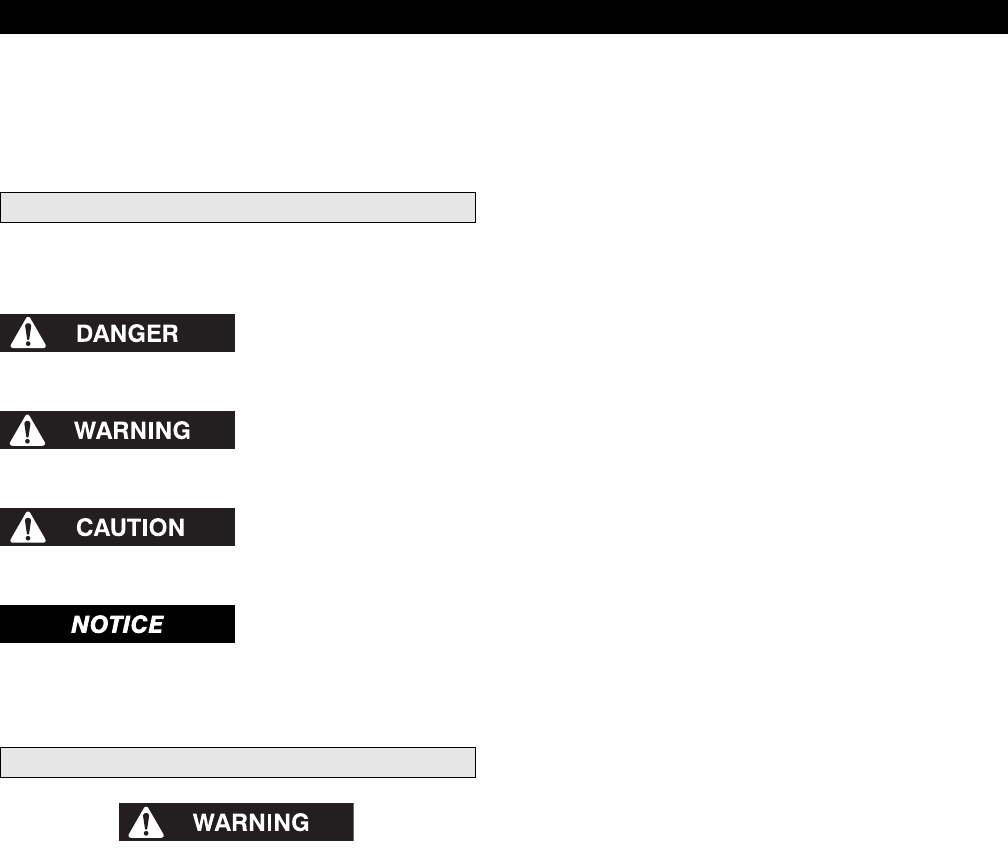
2 MHD56012 - Edition 8
SAFETY INFORMATION
This manual provides important information for all personnel
involved with the safe installation, operation and proper
maintenance of this product. Even if you feel you are familiar with
this or similar equipment, you should read this manual before
operating the product.
Danger, Warning, Caution and Notice
Throughout this manual there are steps and procedures which, if
not followed, may result in a hazard. The following signal words
Indicates an imminently
hazardous situation which, if not
avoided, will result in death or
serious injury.
Indicates a potentially hazardous
situation which, if not avoided,
could result in death or serious
injury.
Indicates a potentially hazardous
situation which, if not avoided,
may result in minor or moderate
injury or property damage.
Indicates information or a
company policy that relates
directly or indirectly to the
safety of personnel or protection
of property.
are used to identify the level of potential hazard.
Safety Summary
• Do not use this hoist for lifting, supporting, or transporting
people or lifting or supporting loads over people.
• Hoists are designed to provide a 4 to 1 safety factor.
Supporting structures and load-attaching devices used in
conjunction with this hoist must provide an adequate safety
factor to handle the rated load, plus the weight of the hoist and
attached equipment. This is the customer’s responsibility. If in
doubt, consult a registered structural engineer.
Ingersoll-Rand hoists are manufactured in accordance with the
latest ASME B30.16 standards.
The National Safety Council, Accident Prevention Manual for
Industrial Operations, Eighth Edition and other recognized safety
sources make a common point: Employees who work near cranes
or assist in hooking on or arranging a load should be instructed to
keep out from under the load. From a safety standpoint, one factor
is paramount: conduct all lifting operations in such a manner that
if there were an equipment failure, no personnel would be injured.
This means keep out from under a raised load and keep out of the
line of force of any load.
The Occupational Safety and Health Act of 1970 generally places
the burden of compliance with the user, not the manufacturer.
Many OSHA requirements are not concerned or connected with
the manufactured product but are, rather, connected with the final
installation. It is the owner’s and user’s responsibility to determine
the suitability of a product for any particular use. It is
recommended that all applicable industry, trade association,
federal, state and local regulations be checked. Read all operating
instructions and warnings before operation.
Rigging: It is the responsibility of the operator to exercise caution,
use common sense and be familiar with proper rigging techniques.
Refer to ASME B30.9 for rigging information, American Society
of Mechanical Engineers, Three Park Avenue, New York, NY
10016.



